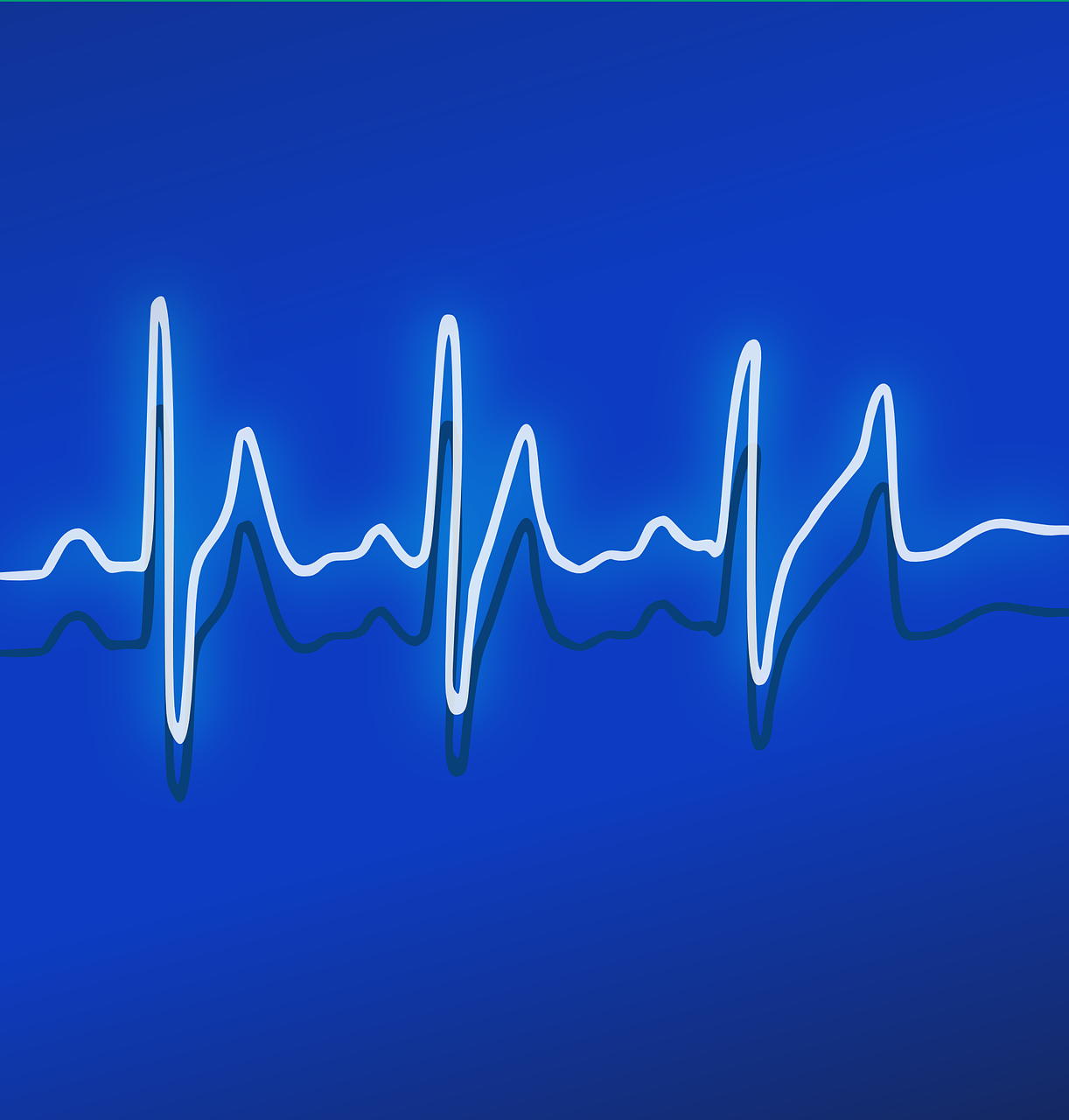Information technologies in medicine and methods of their regulation

With the advent of information technology, saving and processing data has become much easier. Moreover, they made it possible to interact between cities and countries more quickly, with better quality, and created conditions for the globalization of many processes. Speaking about the term "information technology" about 10 years ago, we would have come to mind to mention exclusively any business processes associated with them. Nevertheless, today the introduction of information technology in the field of medicine is an integral part of the modern world. In order for this process to develop as efficiently and productively as possible, international standards are being created that regulate the use, implementation and adaptation of information technologies in medicine.
Health informatics - Device interoperability - Part 10101: Point-of-care medical device communication - Nomenclature (ISO/IEEE 11073-10101:2020)
In order for the transfer of information to take place in the most qualitative way and affect the final result of treatment, only such international documents are created positively that regulate this process. One of them is EN ISO 11073-10101: 2020.
This document defines a nomenclature for communication of information from point-of-care medical devices. Primary emphasis is placed on acute care medical devices and patient vital signs information. The nomenclature also supports concepts in an object-oriented information model that is for medical device communication.
If your field of activity comes into contact with the characteristics described in this document, we recommend that you familiarize yourself with its technical parameters in more detail on our website.
Health Informatics - Requirements for a knowledge base for clinical decision support systems to be used in medication-related processes (ISO/TS 22756:2020)
To use information technology, personnel must have a certain level and quality of knowledge in this area. That is why international standards are being created that directly regulate not only the technology itself, but also determine the level and quality of professionalism of people using it. One such standard is EN ISO 11073-10101: 2020.
This document defines a nomenclature for communication of information from point-of-care medical devices. Primary emphasis is placed on acute care medical devices and patient vital signs information. The nomenclature also supports concepts in an object-oriented information model that is for medical device communication.
If you are interested in purchasing this product, but you are stopped by the presence of certain questions, you can always clarify them with our team of professionals, which will help you choose the most appropriate document for your activities and also clarify all the incomprehensible points according to this standard.
Health informatics - Standard communication protocol - Computer-assisted electrocardiography
Technologies used in medicine are more and more globalized and more and more experience is exchanged between different countries. In order to ensure that the technological base of the medical industry does not have inconsistencies and certain gaps, international standards such as EN 1064: 2020 are being created.
This document specifies the common conventions required for the cart-to-host as well as cart-to-cart interchange of specific patient data (demographic, recording, ...), ECG signal data, ECG measurement and ECG interpretation results. This document specifies the content and structure of the information which is to be interchanged between digital ECG carts and computer ECG management systems, as well as other computer systems where ECG data can be stored.
Since this standard is generalized, its application is possible in many areas related to the use of information technology in medicine. If you are interested in this document, you can familiarize yourself with its technical characteristics and also clarify all the points that mislead you with our managers.

Health informatics - Clinical information models - Characteristics, structures and requirements (ISO/DIS 13972:2020)
Speaking about information technologies and models of clinical information, it should be noted that international regulation takes place not only in terms of introducing new technologies and regulating their use, but also creating certain characteristics of the requirement, without which it is impossible even to start building the entire process. The presence of such key standards is not only a guarantee of the most productive use of technologies, but also guarantees the complete minimization of risks if the measures specified in such standards as EN ISO 13972 are observed.
Is it necessary to regulate information technology separately in each industry?
At first glance it may seem that the global regulation of information technology as a category is sufficient. Nevertheless, it should be noted that each industry has a certain number of technical parameters that can affect not only the achievement of the final result, but also the intermediate results. Concerning the field of medicine, it is necessary to clearly understand that information technologies affect not only the quality of information and its preservation, but is primarily responsible for the health of people. That is why in this industry the presence of standards that regulate absolutely every technology and method is necessary. Since technological progress does not stand still, international standardization is adapting to new times. Stay tuned to the iTeh team to stay on top of the latest international standardization updates and be confident that your organization will be successful in the industry in which you operate.
References:
https://standards.iteh.ai/catalog/standards/cen/4155b086-378f-4431-b970-6a038f6fbefd/en-1064-2020
https://standards.iteh.ai/catalog/standards/cen/2ea6065e-fb9d-44e8-9644-8076299f3078/pren-iso-13972
Categories
- Latest News
- New Arrivals
- Generalities
- Services and Management
- Natural Sciences
- Health Care
- Environment
- Metrology and Measurement
- Testing
- Mechanical Systems
- Manufacturing
- Energy and Heat
- Electrical Engineering
- Electronics
- Telecommunications
- Information Technology
- Image Technology
- Road Vehicles
- Railway Engineering
- Shipbuilding
- Aircraft and Space
- Materials Handling
- Textile and Leather
- Clothing
- Agriculture
- Food technology
- Chemical Technology
- Petroleum
- Metallurgy
- Wood technology
- Rubber and Plastics
- Paint Industries
- Construction
- Civil Engineering
- Military Engineering
- Entertainment





